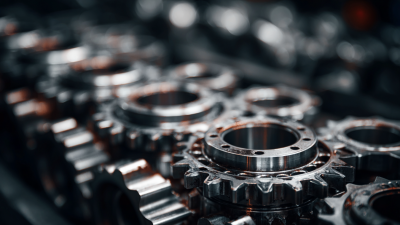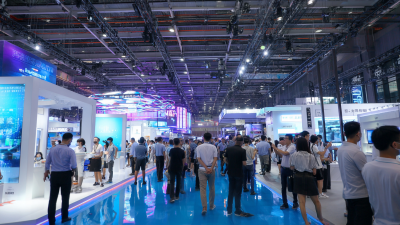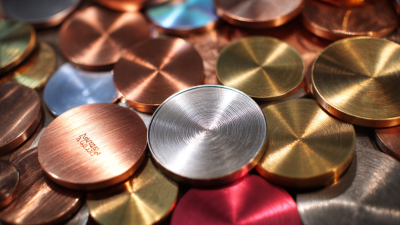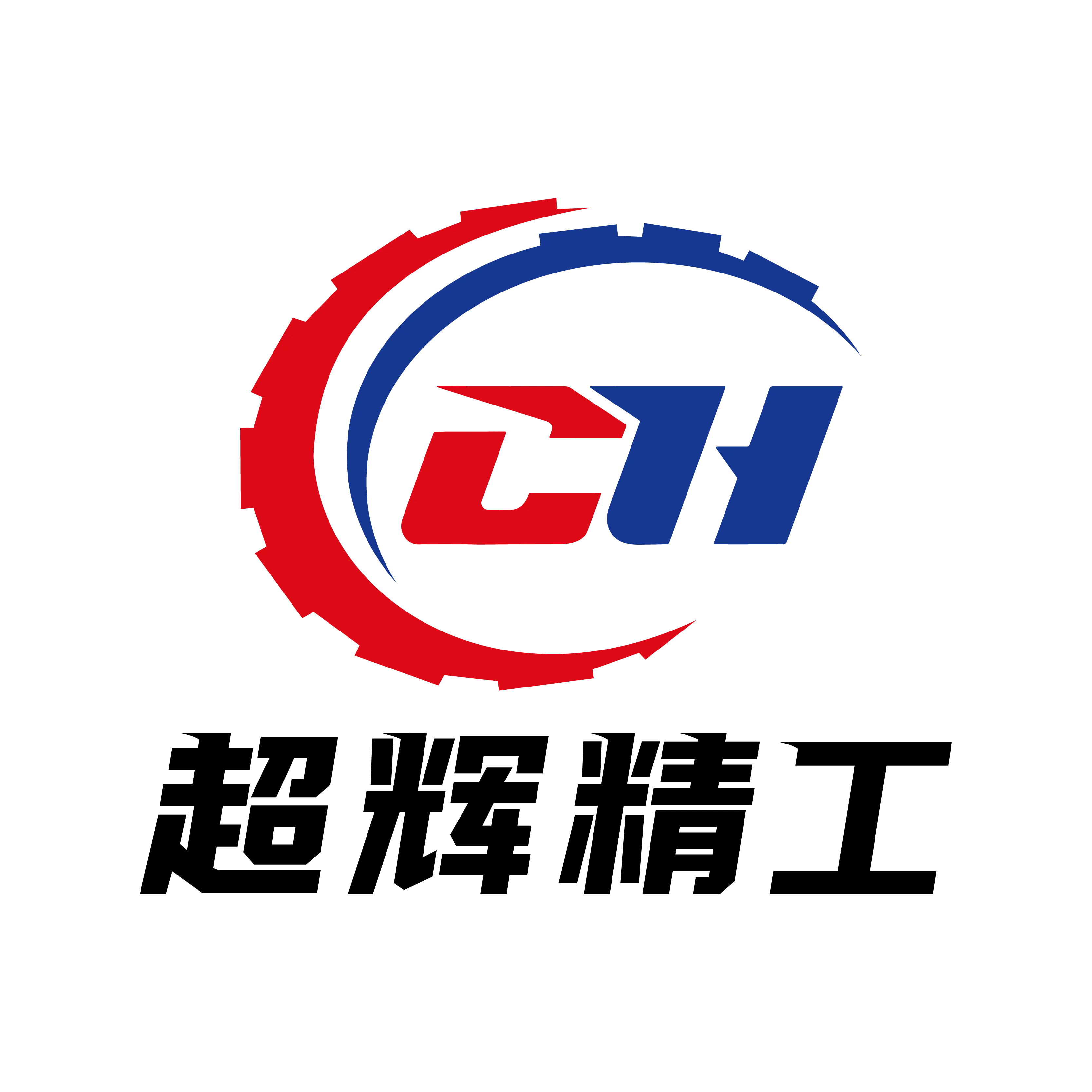As industries continue to seek enhanced efficiency and reliability, the demand for innovative solutions in sealing technologies has surged, particularly in the domain of Pneumatic Seals. According to a market research report by Fortune Business Insights, the global market for pneumatic seals is projected to reach $2.5 billion by 2028, growing at a compound annual growth rate (CAGR) of 5.2%. This growth is propelled by advancements in materials and manufacturing processes, which have significantly improved the performance and durability of pneumatic seals in various applications—from automotive and aerospace to manufacturing and automation. With increasing focus on reducing operational costs and improving equipment uptime, exploring the future of pneumatic seals presents an exciting opportunity for industries to leverage these innovations and transform their operational capabilities, ensuring they remain competitive in an ever-evolving market landscape.

 The future of pneumatic seals in industrial applications is being reshaped by innovative materials designed to enhance performance and reliability. Advanced elastomers and composites are at the forefront of this transformation. According to a report by MarketsandMarkets, the global pneumatic seals market is projected to reach $8.2 billion by 2025, driven largely by innovations in material science. These new materials offer superior resistance to wear and corrosion, significantly extending the lifespan of seals and reducing downtime in production environments.
The future of pneumatic seals in industrial applications is being reshaped by innovative materials designed to enhance performance and reliability. Advanced elastomers and composites are at the forefront of this transformation. According to a report by MarketsandMarkets, the global pneumatic seals market is projected to reach $8.2 billion by 2025, driven largely by innovations in material science. These new materials offer superior resistance to wear and corrosion, significantly extending the lifespan of seals and reducing downtime in production environments.
Incorporating high-performance materials, such as fluorocarbon elastomers and thermoplastic urethanes, not only contributes to better sealing capabilities but also improves energy efficiency. For instance, the use of these advanced materials can reduce leakage rates, which according to the Energy Department, can lead to energy savings of up to 30% in pneumatic systems.
Tip: When selecting pneumatic seals, consider the operating conditions such as temperature range and chemical exposure. Ensuring compatibility with your specific application can enhance durability and performance, leading to long-term cost savings.
Adopting these innovations requires staying informed about ongoing research and developments in material technology. Investing in training for maintenance teams on the latest sealing solutions can significantly enhance operational efficiency, as highlighted in a report by Smithers Pira, which notes that upgrading seal materials can result in a 20% reduction in maintenance costs.
Recent advancements in manufacturing techniques are significantly enhancing the performance of pneumatic seals, driving innovation in various industrial applications. The introduction of precision molding processes allows for the creation of seals with tighter tolerances, improving their fit and functionality within machinery. Techniques such as 3D printing are also gaining traction, enabling manufacturers to produce highly customized seals that meet specific requirements of different applications, thus optimizing efficiency and reducing downtime.
Additionally, the development of advanced materials has transformed the durability and reliability of pneumatic seals. Incorporating composite materials and elastomers that can withstand extreme temperatures and chemical exposure extends the operational lifespan of seals, which is critical in sectors like automotive and aerospace. This progress not only improves seal performance but also contributes to greater energy savings and reduced environmental impact, positioning innovative sealing solutions as essential components in the evolution of industrial systems.
| Dimension | Traditional Seal Performance | Innovative Seal Performance | Advantages of Innovations |
|---|---|---|---|
| Material Durability | Moderate | High | Longer lifespan and reduced replacements |
| Temperature Resistance | Low to Moderate | High | Performance in extreme temperatures |
| Compression Set | Higher | Lower | Maintains sealing capability |
| Installation Time | Long | Short | Reduced downtime |
| Cost Efficiency | Lower initial investment | Higher initial investment but lower lifecycle costs | Overall savings in maintenance |
The integration of smart technology in pneumatic seals is poised to revolutionize industrial applications by enabling predictive maintenance, thereby enhancing operational efficiency and reducing downtime. As industries increasingly adopt automation and smart technologies, the demand for intelligent pneumatic seals rises. These advanced seals are equipped with sensors that monitor various parameters such as pressure, temperature, and wear, providing real-time data for predictive analytics. This capability allows companies to anticipate maintenance needs before failures occur, thereby minimizing costly interruptions in production.
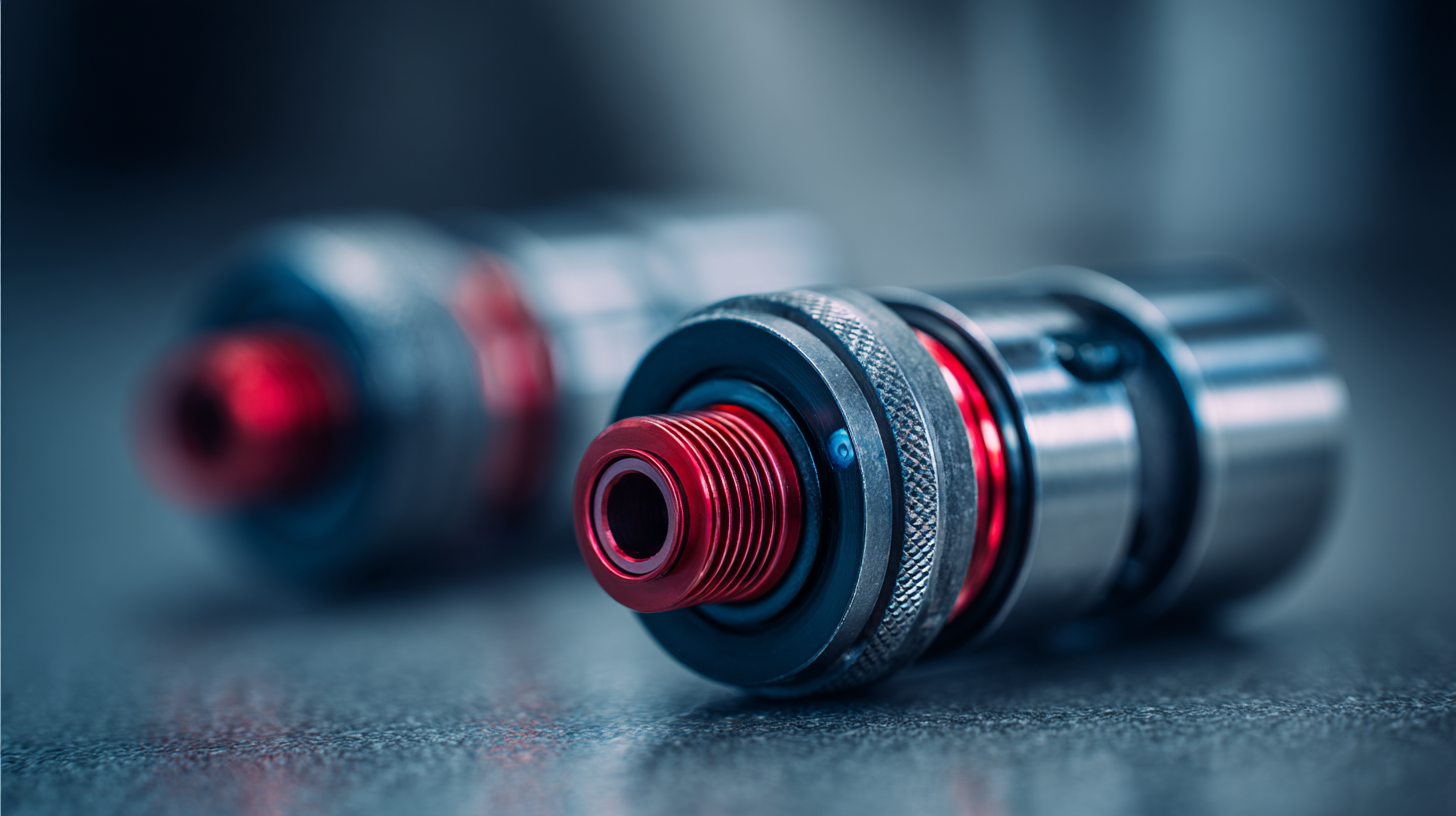
Furthermore, the Positive Displacement Pumps Market reflects a growing trend towards investment in advanced technologies, with projections estimating a market increase from USD 20.8 billion in 2025 to USD 33.9 billion by 2035, at a compound annual growth rate (CAGR) of 5.0%. This growth underscores the industry's commitment to innovative solutions that not only enhance performance but also adhere to sustainability practices. By adopting smart pneumatic seals, businesses can better manage their resources, leading to improved compliance with environmental standards and driving the shift toward greener operations.
The future of pneumatic seals is increasingly intertwined with the principles of sustainability, driving innovations that cater not only to efficiency but also to environmental responsibility. As industries strive to reduce their carbon footprints, manufacturers are rethinking the materials and processes used in producing pneumatic seals. This shift has encouraged the development of eco-friendly materials that maintain high performance standards while minimizing environmental impact. For instance, the introduction of bio-based polymers and recyclable components is paving the way for more sustainable sealing solutions.
Moreover, sustainable practices extend beyond just the materials utilized. Advances in production techniques are also contributing to reduced waste through more efficient manufacturing processes and improved designs that prolong the lifespan of seals. These innovations not only enhance the overall performance of pneumatic systems but also align with corporate sustainability goals, enabling companies to meet regulatory requirements and consumer expectations. As the industry shifts towards more responsible practices, it is clear that sustainability will play a vital role in shaping the next generation of pneumatic seals, offering a pathway to a more environmentally conscious future in industrial applications.
The market for pneumatic seals is poised for significant growth as industries increasingly recognize their importance in enhancing operational efficiency and reducing maintenance costs. By 2025, the demand for advanced pneumatic sealing solutions is projected to rise, powered by ongoing innovations in materials and design. Manufacturers are focusing on producing seals that not only withstand extreme pressure and temperature variations but also contribute to energy savings and sustainability. This shift is evident in the growing adoption of eco-friendly materials that reduce environmental impact while maintaining high performance.
Emerging trends such as automation and smart manufacturing are driving the development of intelligent sealing solutions that integrate with digital monitoring systems. These innovations allow for real-time performance tracking, predictive maintenance, and improved overall system reliability. As sectors including automotive, aerospace, and food processing expand, the versatility and adaptability of pneumatic seals will play a crucial role in meeting the evolving needs of these industries. Consequently, companies investing in research and development are likely to gain a competitive edge, positioning them favorably in the robust market landscape expected in the coming years.


